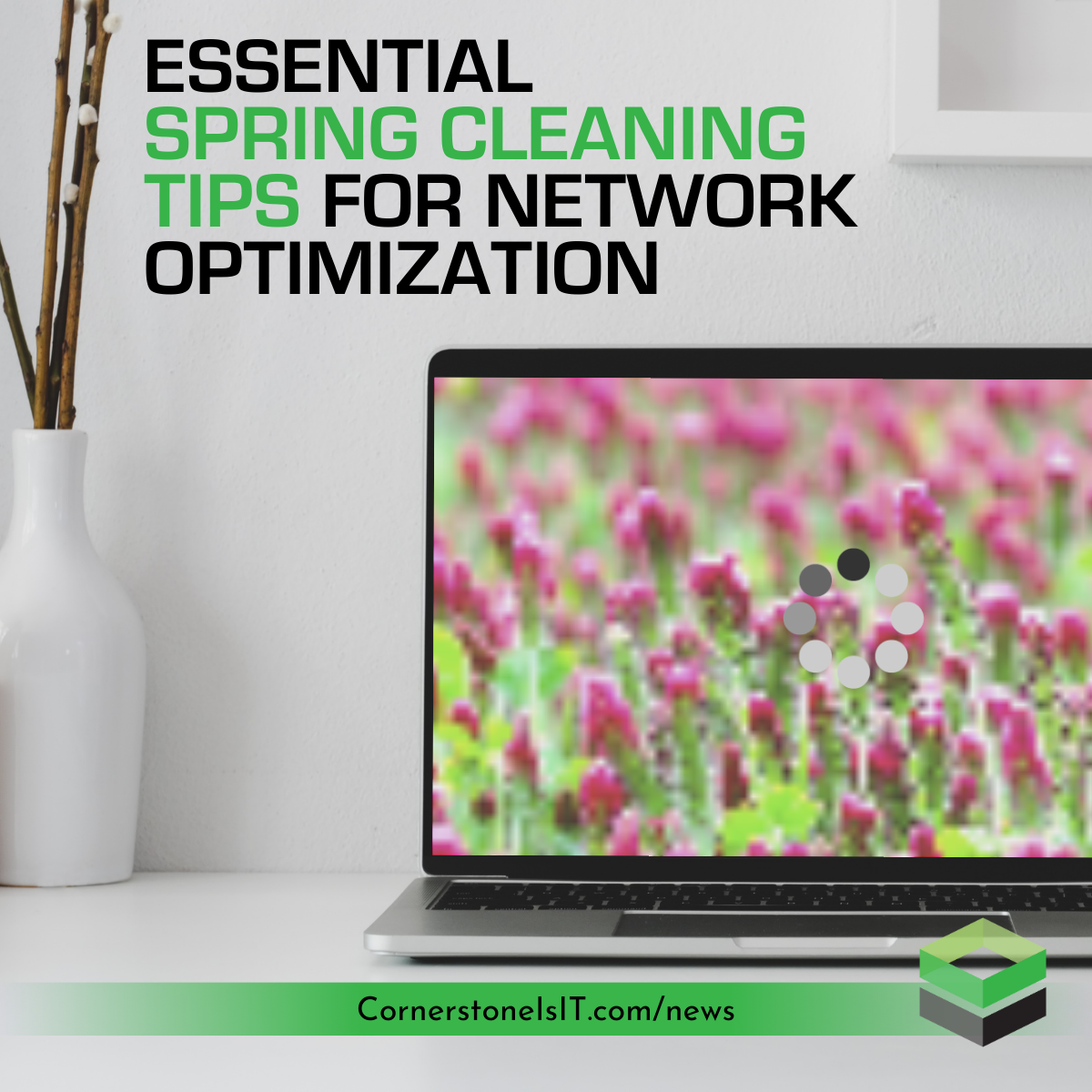
Spring is not just a time to declutter your physical space; it's also the perfect opportunity to tidy up your digital domain. For businesses relying heavily on IT infrastructure, optimizing network performance is paramount to ensuring efficiency and security.
With that in mind, here are some essential spring-cleaning tips to help you streamline your network and maximize its potential:
-
Identify and Remove Unused Devices: Over time, networks can accumulate unused devices that hog valuable resources without contributing to productivity. Conduct an inventory of all connected devices and identify those that are no longer in use. Decommissioning these devices not only frees up bandwidth but also reduces security risks associated with unmonitored endpoints.
-
Address Rogue Access Points: Rogue access points pose a significant security threat by providing unauthorized entry points to your network. Perform regular scans to detect and eliminate rogue access points, ensuring that only authorized devices can connect to your network.

-
Update Outdated Software: Outdated software is a common vulnerability exploited by cybercriminals. Keep your network infrastructure secure by regularly updating firmware, operating systems, and applications to the latest versions. This not only patches known vulnerabilities but also introduces new features and improvements to enhance performance.
-
Limit Bandwidth Usage for Non-Essential Activities: Bandwidth-intensive activities such as streaming media and file downloads can monopolize network resources, causing slowdowns for critical business operations. Implement Quality of Service (QoS) policies to prioritize traffic and limit bandwidth usage for non-essential activities, ensuring that mission-critical applications receive the necessary resources.
-
Review Application Settings: Applications running on your network may have default settings that are not optimized for your specific requirements. Review application settings to fine-tune configurations, optimize performance, and enhance security. This includes adjusting permissions, enabling encryption, and disabling unnecessary features.
-
Implement Quality of Service (QoS) Policies: Quality of Service (QoS) policies allow you to prioritize network traffic based on application type, ensuring that critical applications receive the necessary bandwidth and latency requirements. Evaluate your QoS policies regularly to align with changing business priorities and network demands.
-
Review Security Policies: Security policies should be periodically reviewed and updated to address evolving threats and compliance requirements. Assess your current security policies, including firewall rules, access controls, and encryption protocols, to ensure they provide adequate protection against modern cyber threats.

-
Enable Encryption: Data encryption is essential for protecting sensitive information from unauthorized access and interception. Ensure that encryption protocols such as WPA2 or WPA3 are enabled on your wireless networks and VPN connections to safeguard data in transit.
By implementing these spring-cleaning tips for network optimization, you can enhance performance, bolster security, and ensure that your IT infrastructure is primed for success in the digital age. Start your spring cleaning today and reap the rewards of a well-optimized network.
Happy cleaning!


Leave Your Comment Here